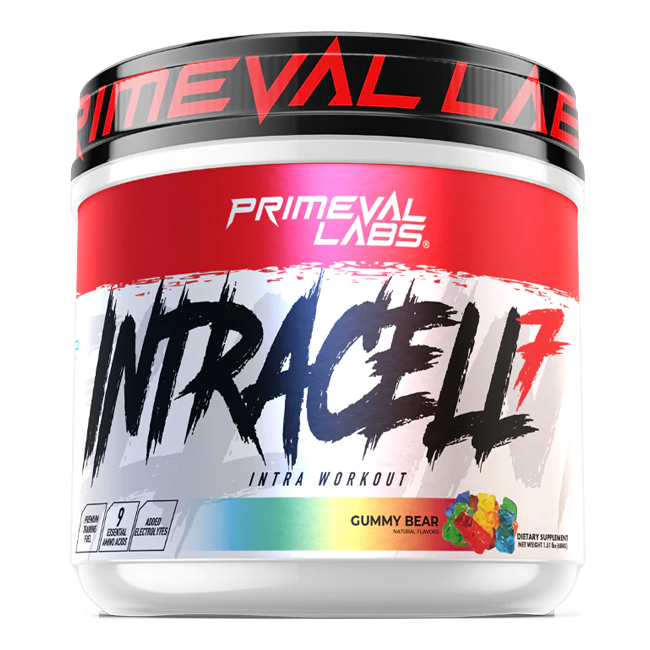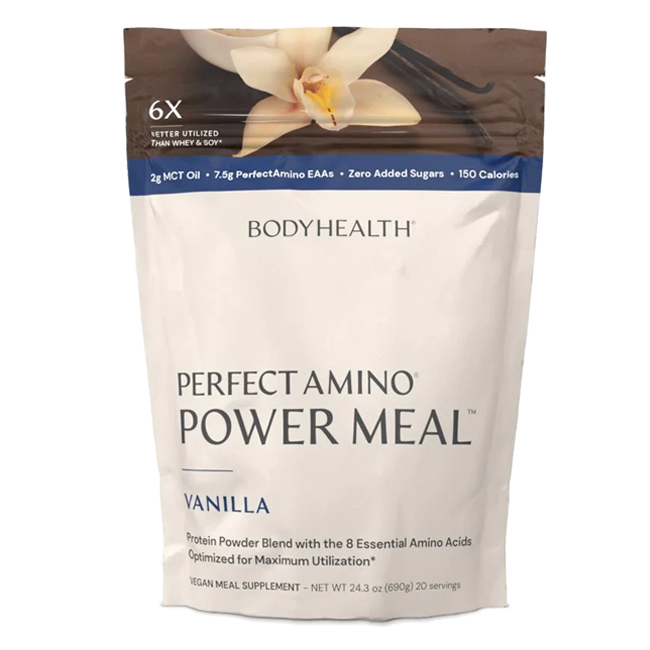Energy to Burn
Carb10® is a major advancement in healthy, low-glycemic carbohydrates.

Unlike maltodextrin-based supplements, which can cause unnatural spikes in blood-sugar levels (and the crashes or bloating that typically follow), Carb10® is a source of clean, sustained energy. It is perfectly suited to the physical demands of dedicated athletes, busy professionals, and those attentive to maintaining a healthy weight.
Applications
Benefits
Carb10® eliminates the digestive discomfort caused by many carb formulas. Therefore, it is ideal for everything from healthier dietary supplements and satisfying meal replacement products to nutrition-based endurance formulas and sports drinks.

Endurance
Prebiotic
Keto-Carb
Health Calories
Organoleptics & Features
Dissolves milky white in water with a couple shakes. Slight chalky texture covered by other ingredients in the finished product. Precipitates after three minutes; and easily mixes back into solution after one shake.

Features
- Minimal blood-sugar and insulin response
- Fast gastric-emptying formula reduces bloating
- Low osmolality
- Prebiotic
- Non-allergenic
- Non-GMO
- Gluten-free
- Resistant starch
- Keto-friendly
- No GI distress
- Cleaner, healthier calorie
Find Carb10® in these products
Featured
Partner
Products
Explore articles related to Carb10®

How to Formulate Supplements with Carbs

A New Era of Pre-Workouts: PeakO2 vs. Beta-Alanine

Formulate for CrossFit: How to Disrupt the Endurance Category









